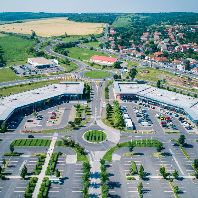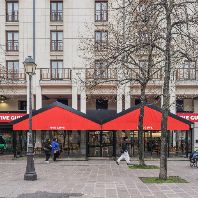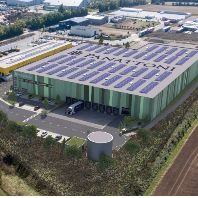CBRE, global real estate advisor, summarizes H1 2016 results of the Moscow Retail market. According to the report, on the back of new shopping centres completions, average vacancy rate is to increase from the current 9.3% to 11.1% by the end of the year.
Q2 2016 key Moscow Retail market indicators
|
Q1 2016 |
Q2 2016 |
2016 F |
|
|
Total stock, ‘000 m² |
5,244 |
5,348 |
5,651 |
|
Completions, ‘000 m² |
0 |
104 |
407 |
|
Vacancy rate in SCs, % |
9.3 |
9.3 |
11,1 |
|
Prime yield, % |
10.25 |
10.25 |
10.25 |
Source: CBRE, Q2 2016
Six new shopping centres are expected to be opened by the end of the year. Five of them have a high probability of opening in Q3 2016, including the 2nd phase of Metropolis, Oceania, Khorosho, Butovo Mall and the second phase of Fashion House Outlet. Total rentable area of these new projects is about 300,000m². By the end of the year, the shopping centres completion in Moscow may reach about 400,000m².
Taking into account the dynamics of occupancy level in Moscow Region, when new retail projects are opened with 40-50% vacancy, average vacancy rate is to increase from 9.3% in Q2 2016 to 11.1% by the end of the year.
In H1 2016, the retailer activity remained high. None of the brands left the Moscow market in Q2 2016. Twenty new retail chains entered the Moscow market in H1 2016. Fifteen of them opened first stores in shopping centres. Another 18 new brands announced their plans to enter the market during 2016. Among them are Walt Disney, Presse Café, Lillapois, Cortefiel, and others.
Olesya Dzuba, Director of Research Department CBRE in Russia said, “On the back of oil price stabilization and ruble strengthening happened in the last several months, shopping centres recorded footfall increase. Nevertheless, the conversion rate of visitor to real purchaser is still low, limiting the pace of retailer sales growth. This in its turn translates into rental rates, which are almost 100% linked to retail sales. Thus, rental rates depend on consumer purchasing power, and their recovery may only start following income growth of population.”














